Using sod & clay?
woodswalker88
12 years ago
Related Stories

GARDENING GUIDESHow to Plant a New Lawn From Sod
Take the quick-start route to turf with sod; these installation guidelines will help ensure a healthy and long-lasting lawn
Full Story
GARDENING GUIDES9 Clay-Busting Native Flowers for Summer Sun
These plants survive and even thrive in tough clay soil east of the Rocky Mountains
Full Story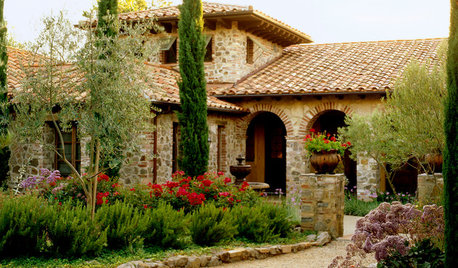
ROOFSRoof Materials: Get an Old-World Look With Clay Roof Tiles
The ancient roof material of choice remains the modern-day ideal for authentic Italian, Mediterranean and Spanish home styles
Full Story
GARDENING GUIDESHow to Stop Worrying and Start Loving Clay Soil
Clay has many more benefits than you might imagine
Full Story
GARDENING GUIDESGardening Solutions for Heavy Clay Soils
What’s a gardener to do with soil that’s easily compacted and has poor drainage? Find out here
Full Story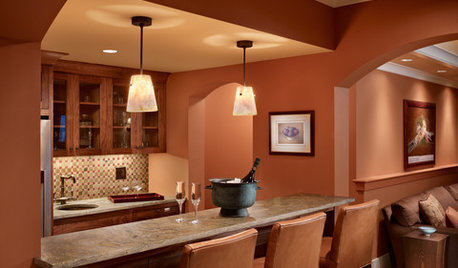
ORANGECozy Up With Warm Clay Colors
Give your space an autumn color splash with shades of pumpkin and persimmon
Full Story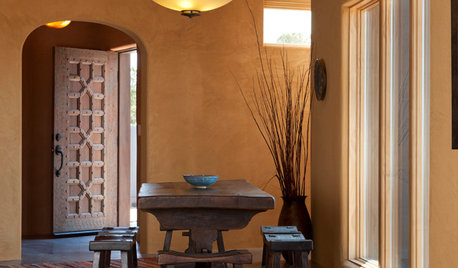
ORANGEColor Guide: How to Use Yellow Ocher
Earthy and warm, this ancient color evokes the sands of time as well as speaks to modern decorating sensibilities
Full Story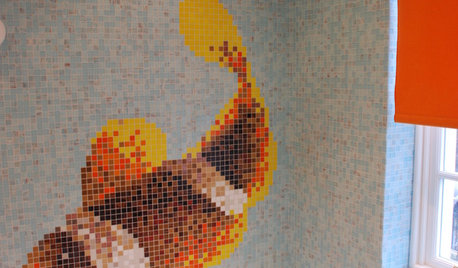
REMODELING GUIDESGet Floored by Creative Use of Tile
Don't get stuck in a subway-tile rut. Unlock the imaginative power of tile for floors and walls that will knock their socks off
Full Story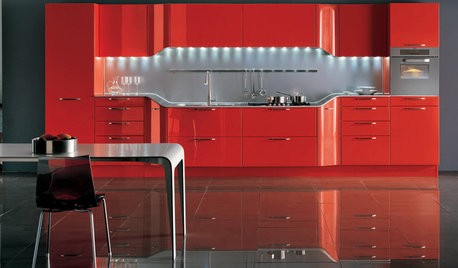
KITCHEN DESIGN2012 Color Trends: Using Red in Your Kitchen and Bath
Fiery hues bring high drama home
Full Story
PAINTINGWhat to Know About Milk Paint and Chalk Paint — and How to Use Them
Learn the pros, cons, cost and more for these two easy-to-use paints that are great for giving furniture a vintage look
Full Story





Robbie3
Related Professionals
West Milford Landscape Architects & Landscape Designers · Allentown Landscape Contractors · Chesapeake Ranch Estates Landscape Contractors · New Providence Landscape Contractors · Olympia Landscape Contractors · Pahrump Landscape Contractors · Soddy Daisy Landscape Contractors · Albany Carpenters · Dayton Decks, Patios & Outdoor Enclosures · West Bend Decks, Patios & Outdoor Enclosures · West Chicago Decks, Patios & Outdoor Enclosures · Laurel Siding & Exteriors · Elizabeth Siding & Exteriors · Milford Siding & Exteriors · Point Loma San Diego Siding & Exteriors